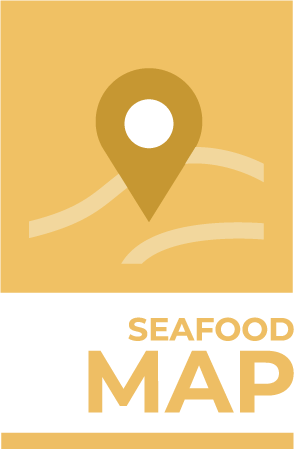
Accelerating
sustainable seafood
What it does
Seafood MAP is a globally inclusive digital platform to compile and accelerate fisheries and aquaculture efforts on the pathway to sustainability. By building a global demand for more sustainable seafood, Seafood MAP furthers the impact of currently existing sustainability commitments by all actors and enables opportunities for growth in the sector.
Why it’s needed
Today, there are global commitments to sustainability to promote healthy oceans and a lasting seafood sector that meets global needs. Certifications, ratings, and fisheries and aquaculture improvement projects are key tools for increasing seafood sustainability, but they are not a universal solution. Producers in developing countries often lack the means or incentives to share and improve their sustainability performance. Seafood MAP wants to change this and push for more sustainable seafood for everyone.
UN Sustainable Development Goals
All reporting in Seafood MAP is based on a common language anchored in FAO Guidelines and the United Nations Sustainable Development Goals (UN SDGs). With Seafood MAP, GSSI mainstreams the UN SDGs and relevant international guidance documents within the sector and creates common goals on environmental, social, and economic sustainability that the sector can collaboratively work towards, on both global and local levels.
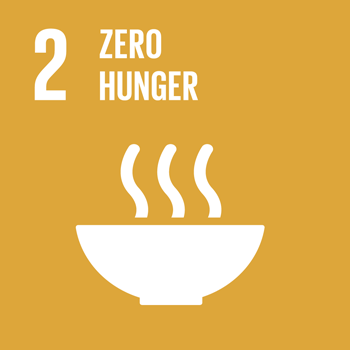
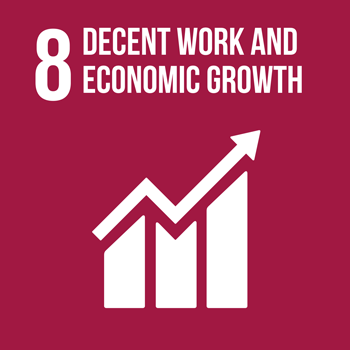
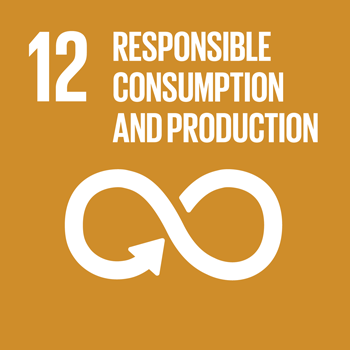
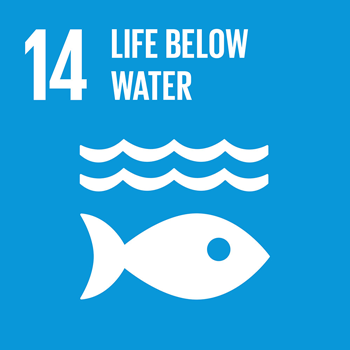
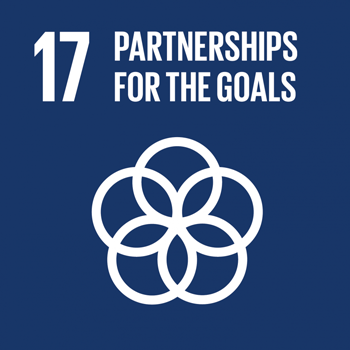
Driving impact with Seafood MAP
A globally inclusive platform to compile and accelerate all fisheries and aquaculture efforts on the pathway to sustainability through:
ENHANCED PARTICIPATION AND TRANSPARENCY.
Seafood MAP involves participation from various stakeholders including producers, buyers and investors, governments, non-profits, NGO’s and development agencies.
IMPROVED LIVELIHOODS.
Seafood MAP harnesses local knowledge and motivates the participation of small-scale communities globally to improve livelihoods.
INCREASED INVESTMENT AND DEMAND.
Seafood MAP connects investors and buyers from around the world with producers to support improvements and investments in sustainable fisheries and aquaculture.
SUSTAINABLE PRODUCTION.
Seafood MAP improves efficiency and amplifies the impact of existing improvement efforts by public and private actors to allow for an increase in the production of sustainable seafood.
Where Seafood MAP is making a difference
Through Pilot Projects
Who’s involved
The Seafood MAP Taskforce was created to mobilize GSSI Partners from around the world to be integrally involved in the development, testing, and implementation of Seafood MAP.
The Taskforce is comprised of members who represent various fundamental segments of the seafood sector – including NGOs, non-profit organizations, international development agencies, investors, and the private sector – who come together to champion Seafood MAP.
Taskforce Members
Acme Smoked Fish
Ahold Delhaize
Aqua-Spark
ASIC – the Asian Seafood Improvement Collaborative
Balfegó
Bremnes Seashore
CAPPMA
CeDePesca
Charoen Pokphand Foods
China Blue Sustainability Institute
FAO – the Food and Agriculture Organization of the United Nations
FishChoice
Fishing Industry Association (PNG)
Fortune Fish Company
GIZ – the German federal enterprise working in the field of international cooperation for sustainable development
High Liner Foods
IDH – the Sustainable Trade Initiative
Iberostar
King & Prince
Loblaw
Marks and Spencer
Monterey Bay Aquarium
Norebo
Nueva Pescanova
Regal Springs
Sea Delight
Seafish
Thai Union
The Fishin’ Company
UNIDO – United Nations Industrial Development Organization
Woolworths
Wegmans
WWF
Taskforce Member Pledge
The Taskforce Member Pledge demonstrates our Partners’ support for building and testing Seafood MAP. More than 20 GSSI Partners from around the world have pledged their commitment and have agreed to collectively support Seafood MAP.
Get involved!
Interested in joining the Taskforce to help shape the journey of Seafood MAP?
How it works
Seafood MAP can be used to:
ASSESS
the sustainability of fisheries and aquaculture production systems
MAKE COMMITMENTS
in sourcing non-certified seafood coupled with continuous improvement
Inform
development, investment and capacity-building programs based on local needs and priorities
COLLABORATE
with other stakeholders using the same common language

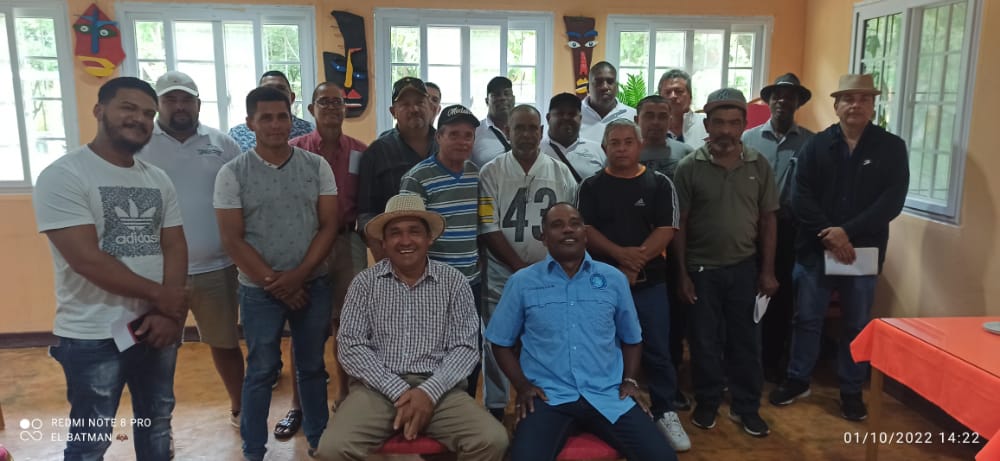
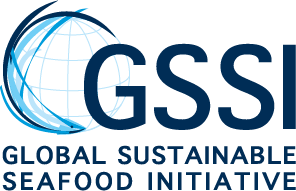
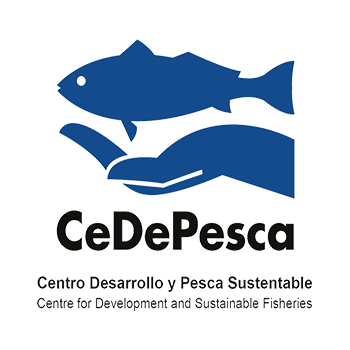

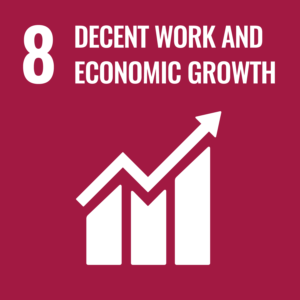
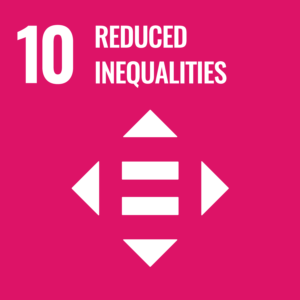
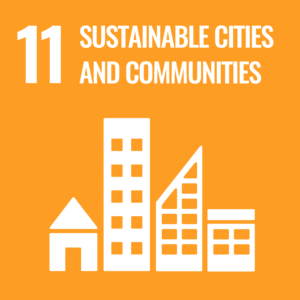
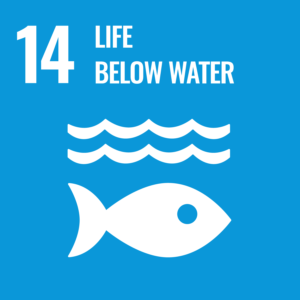
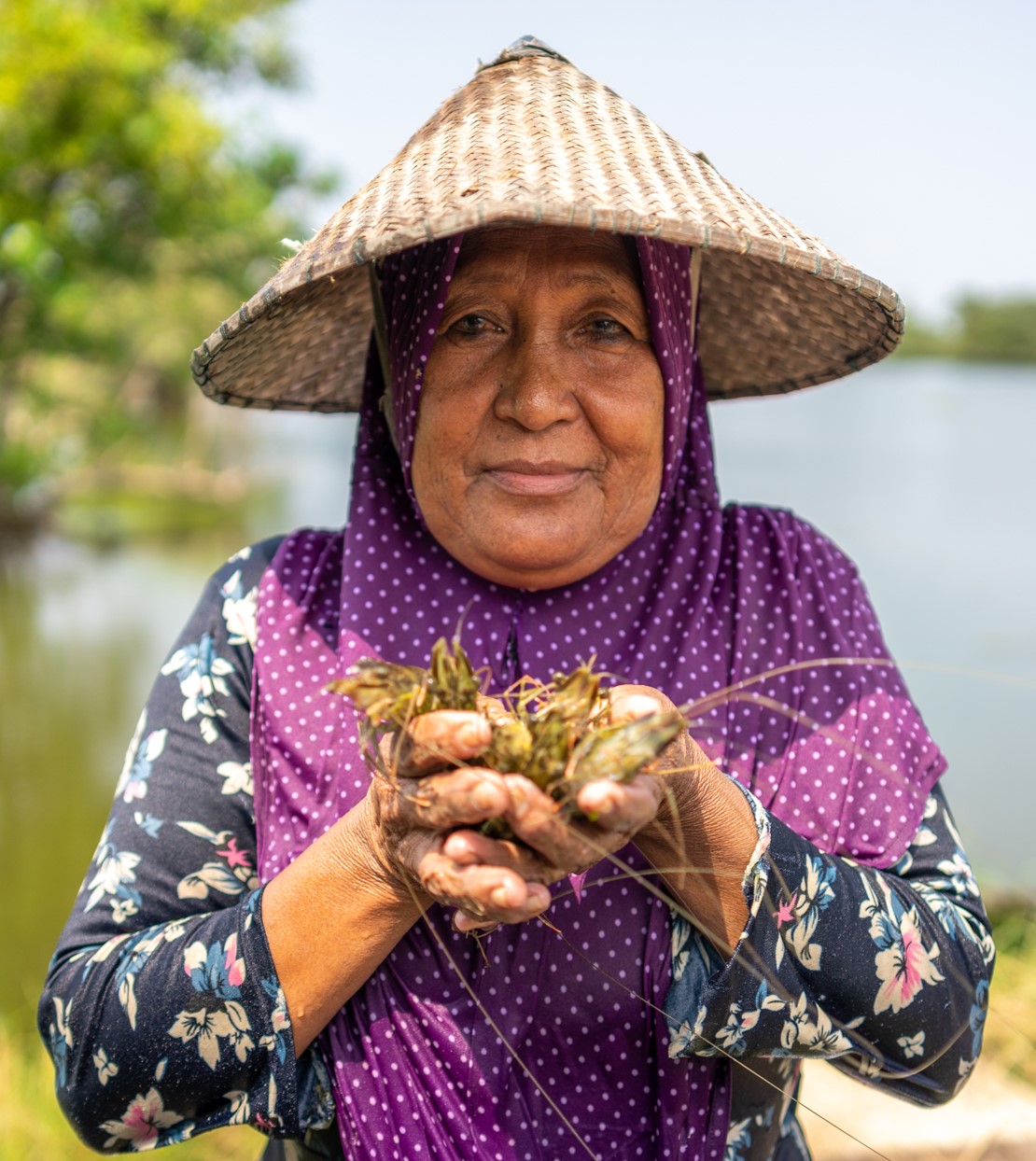
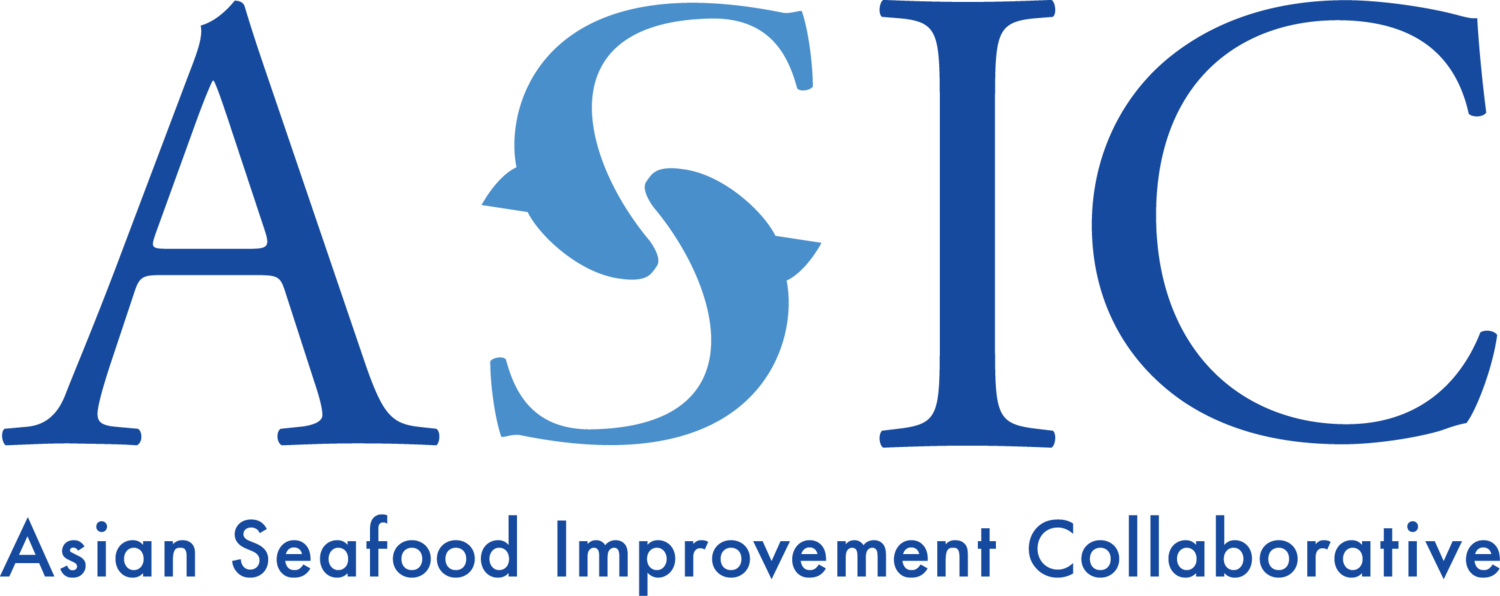
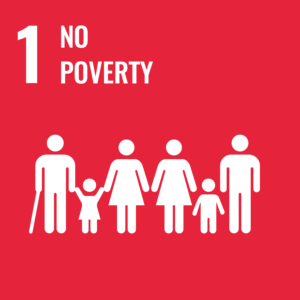
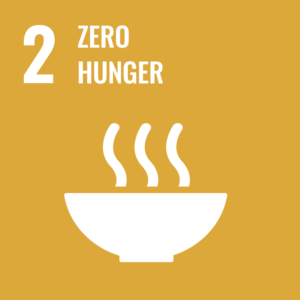
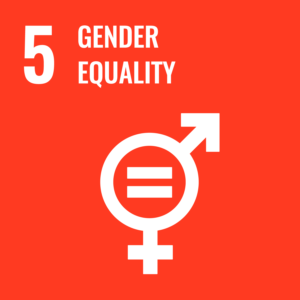
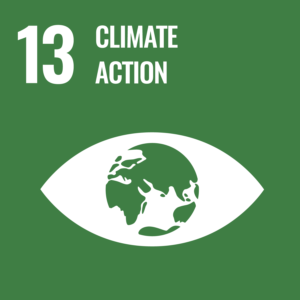
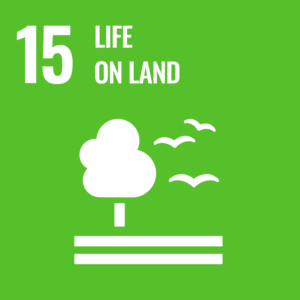
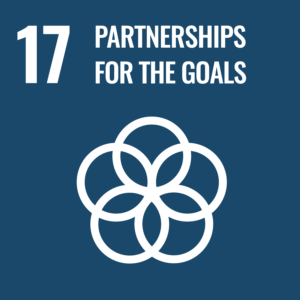
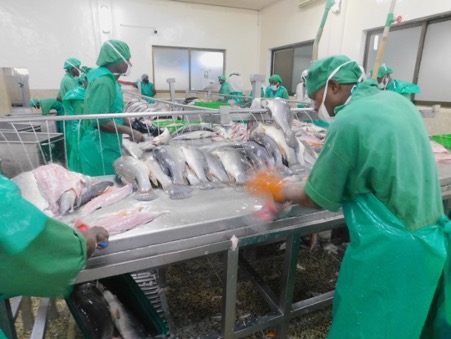
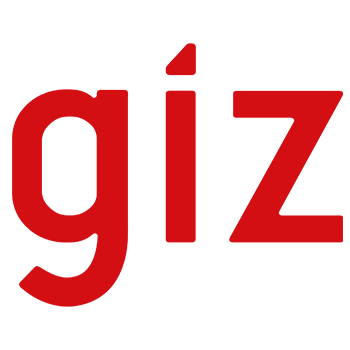
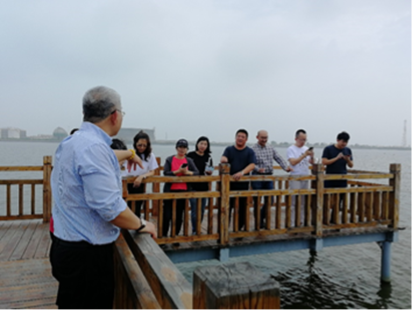
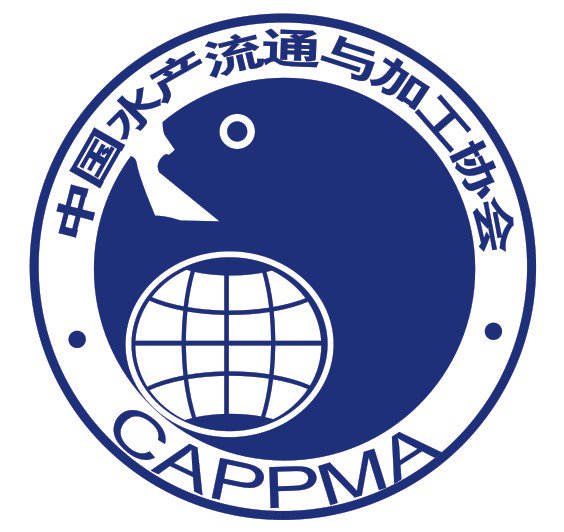
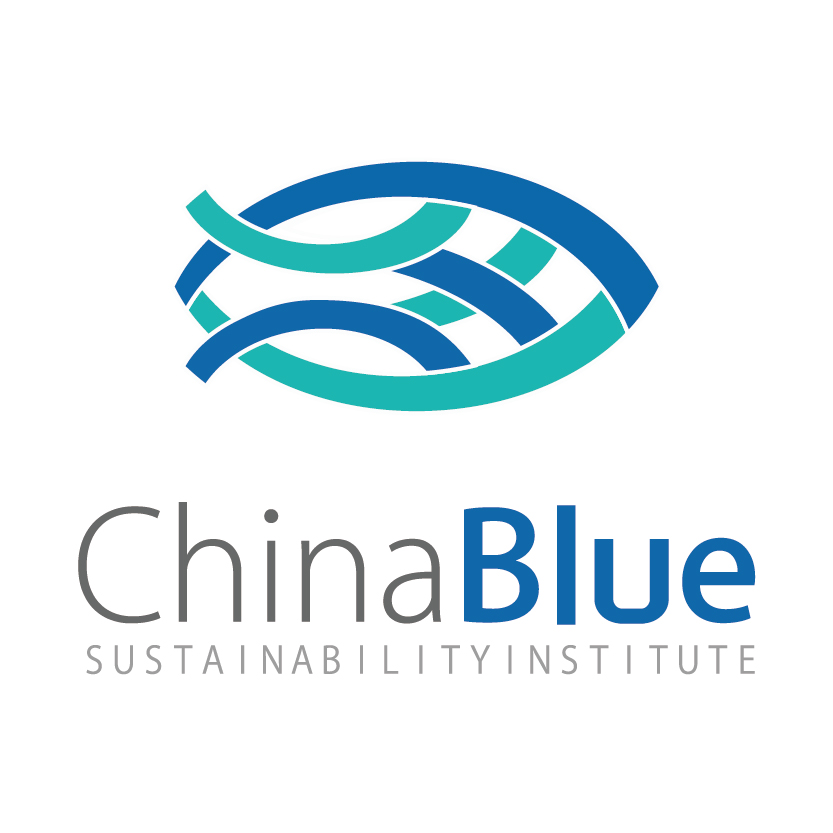
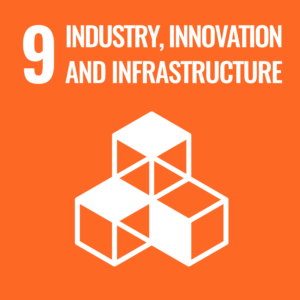
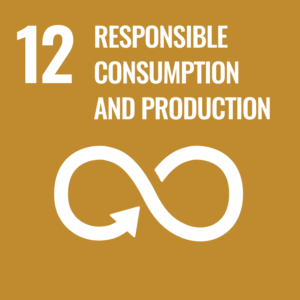

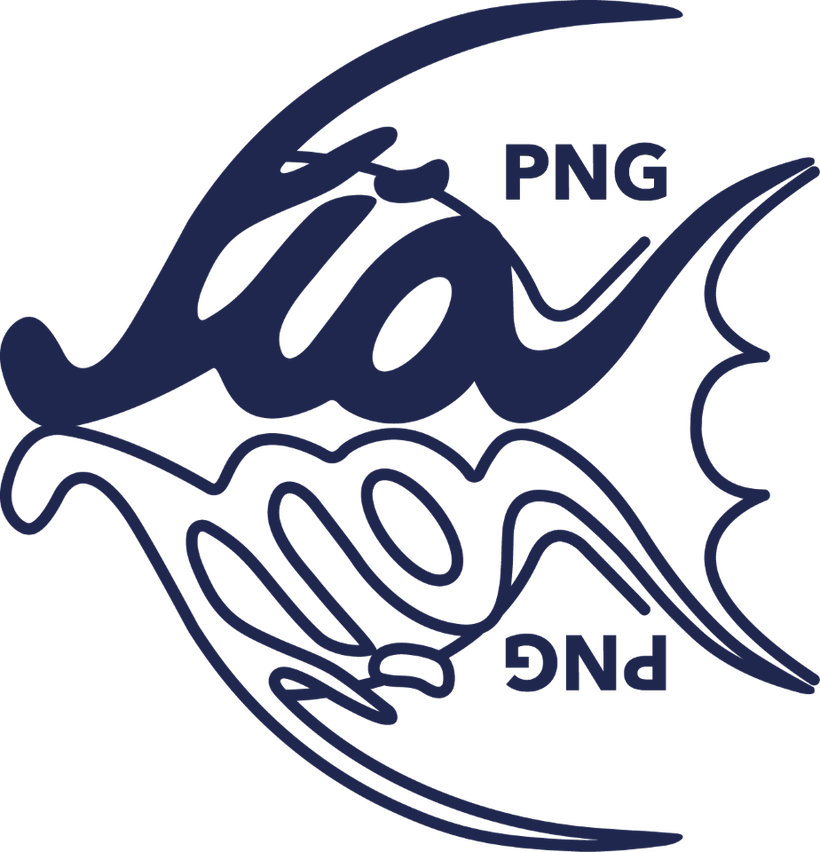
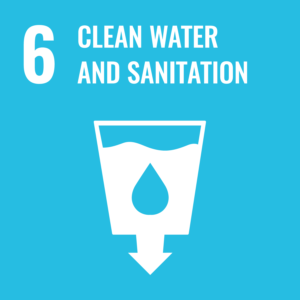
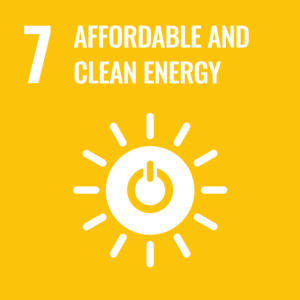
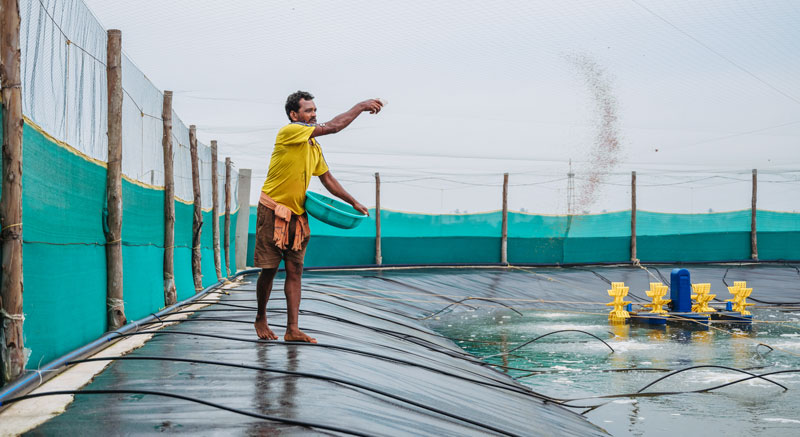

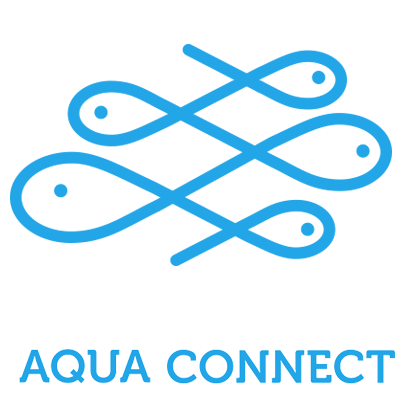
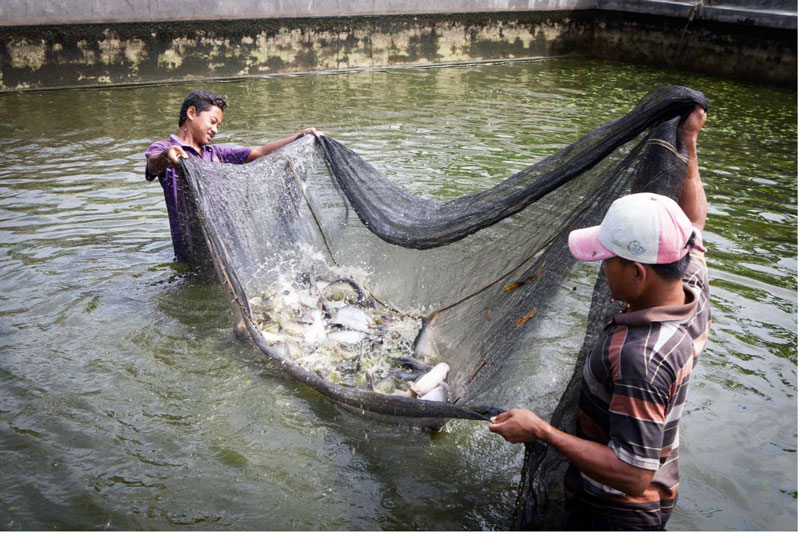
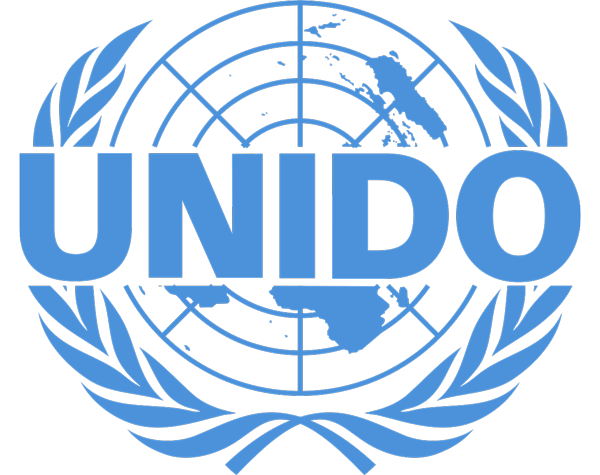
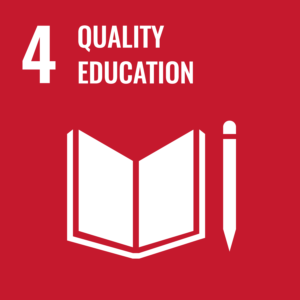
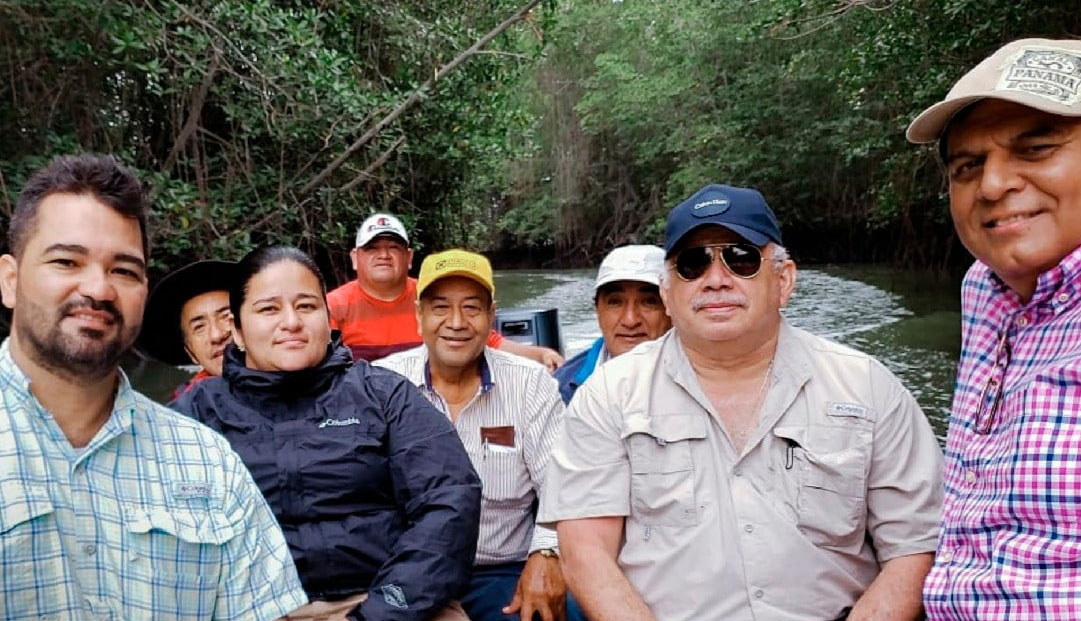
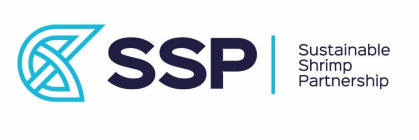
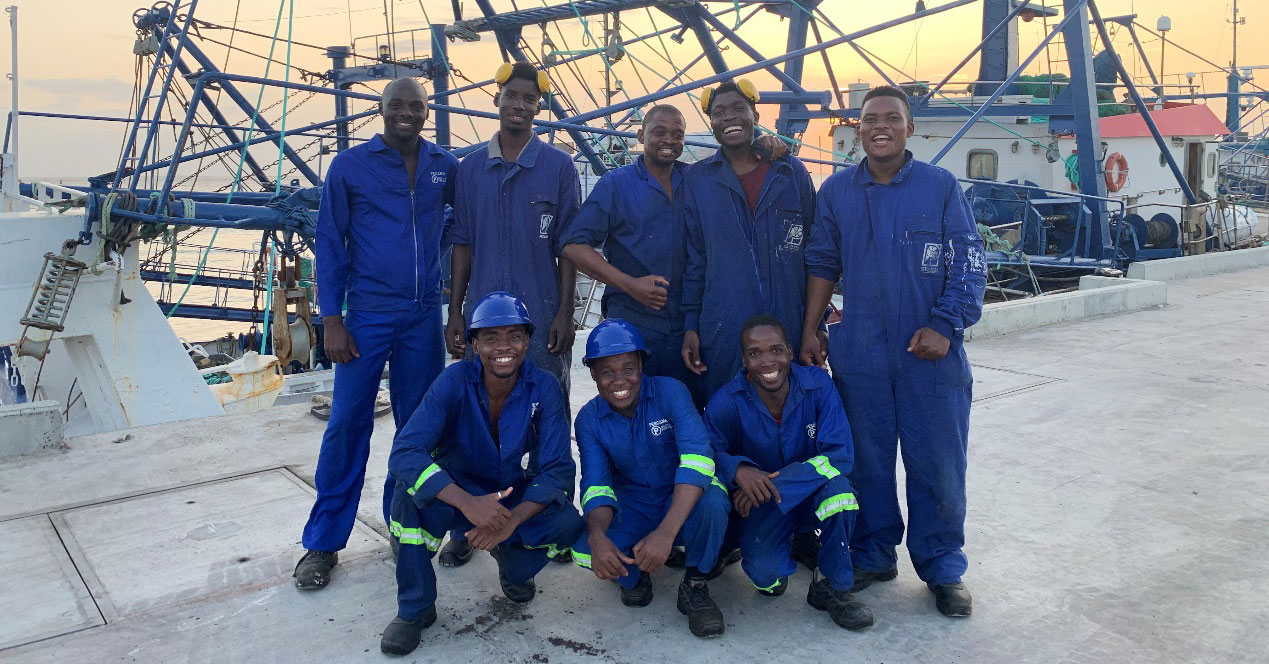
![PSC002_PescamarVertical (1)[17]](https://www.ourgssi.org/wp-content/uploads/2022/02/PSC002_PescamarVertical-117.jpg)